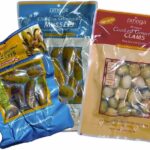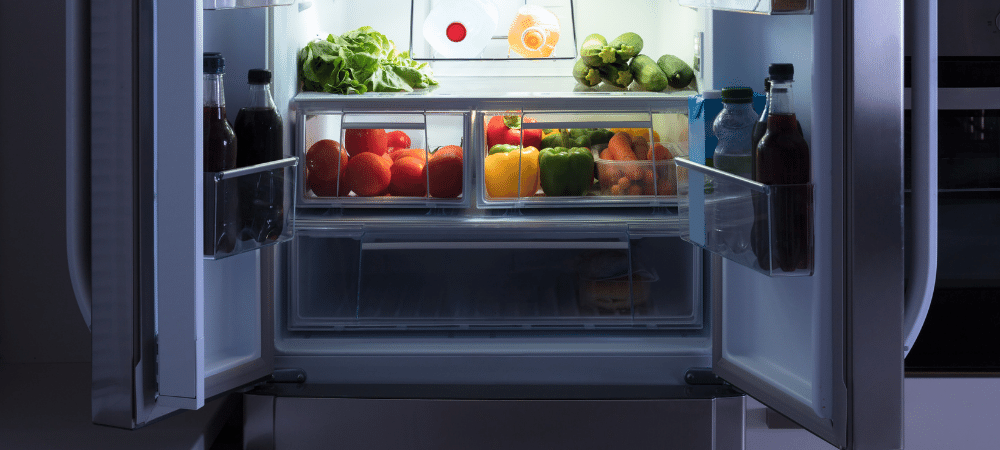Introduction
Cold storage is a crucial aspect of modern food distribution and preservation, allowing perishable goods to maintain their quality and freshness for extended periods. This technology is based on scientific principles that leverage temperature control, humidity management, and other factors to slow down the processes of decay and deterioration. In this article, we will delve into the science behind cold storage and how it preserves the quality and freshness of various perishable goods.
The role of temperature:
Temperature control is the cornerstone of cold storage. It relies on the fundamental principle that lowering the temperature of perishable goods can slow down the rate of chemical reactions and microbial growth responsible for spoilage. Here’s how it works:
Reduced metabolic activity: cold temperatures slow the metabolic activity of microorganisms, enzymes, and chemical reactions in food. Bacteria, yeasts, and molds that cause spoilage and decay have their growth rates significantly reduced at lower temperatures.
Inhibition of enzymatic browning: enzymatic browning, which causes fruits and vegetables to turn brown when exposed to oxygen, is inhibited at lower temperatures. This helps maintain the visual appeal of produce.
Retarded ripening: many fruits continue to ripen after harvesting due to the production of ethylene gas. Cold storage can slow down this ripening process, extending the shelf life of fruits like apples, bananas, and tomatoes.
Humidity control:
Humidity levels within cold storage facilities are carefully controlled to prevent moisture loss or excess moisture buildup. The science behind humidity control involves maintaining the ideal relative humidity (rh) for specific types of produce. Here’s why it’s important:
Preventing dehydration: when the air is too dry, fruits and vegetables lose moisture through a process called transpiration. Maintaining proper humidity helps prevent dehydration and preserves the texture and juiciness of the produce.
Avoiding mold growth: excess humidity can lead to mold growth, particularly on fruits with thin skins like berries. Maintaining the right humidity level inhibits mold development while keeping produce crisp.
Modified atmosphere packaging (map):
Modified atmosphere packaging is a technique used in cold storage to alter the composition of the air surrounding the perishable goods. This scientific approach involves adjusting the levels of oxygen (o2), carbon dioxide (co2), and nitrogen (n2) to slow down deterioration processes. Here’s how it works:
Reducing oxygen: lowering oxygen levels inside packaging inhibits the growth of aerobic microorganisms like bacteria and fungi. This extends the shelf life of products such as meats and dairy.
Controlling ethylene: certain fruits and vegetables release ethylene gas, which can accelerate ripening in neighboring produce. Modified atmosphere packaging can help manage ethylene levels to prevent premature ripening.
Optimal storage conditions:
Different types of perishable goods have specific storage requirements, and cold storage facilities are designed to accommodate these needs. The science behind optimal storage conditions includes factors like temperature, humidity, and air circulation, tailored to the needs of various products:
Meats: meat requires temperatures just above freezing to prevent bacterial growth while preserving its texture and flavor.
Dairy: dairy products are stored at slightly above freezing temperatures with controlled humidity to prevent moisture loss and maintain freshness.
Fruits and vegetables: each fruit and vegetable has an optimal storage temperature and humidity level. Some require lower temperatures to inhibit ripening, while others need higher humidity to prevent wilting.
Conclusion:
Cold storage is a scientific marvel that relies on temperature control, humidity management, and modified atmosphere packaging to preserve the quality and freshness of perishable goods. By slowing down metabolic processes, inhibiting microbial growth, and maintaining optimal storage conditions, cold storage facilities ensure that consumers can enjoy safe and fresh food for longer periods, reducing waste and supporting global food distribution. The science behind cold storage continues to evolve, contributing to the sustainability of our food supply chain.

 Guide to Choosing the Right Equipments for Singapore Commercial Kitchens
Guide to Choosing the Right Equipments for Singapore Commercial Kitchens  Steps to Reviving an Old-Fashioned Ice Cream Menu
Steps to Reviving an Old-Fashioned Ice Cream Menu  Opening Culinary Inventiveness: The Advantages of Business Kitchen Rental
Opening Culinary Inventiveness: The Advantages of Business Kitchen Rental  Harvesting Compassion: How Denver’s Food Donations Are Changing Lives?
Harvesting Compassion: How Denver’s Food Donations Are Changing Lives?  What Factors Should You Consider When Choosing a Sticker Manufacturer?
What Factors Should You Consider When Choosing a Sticker Manufacturer?  Where to Buy Dates Online: Discovering Quality and Convenience with Joolies
Where to Buy Dates Online: Discovering Quality and Convenience with Joolies  The science behind cold storage: preserving quality and freshness
The science behind cold storage: preserving quality and freshness  Signs Of a High-Quality Pizza
Signs Of a High-Quality Pizza  Exploring the Growing Market for Mussels Exports: Key Insights and Trends
Exploring the Growing Market for Mussels Exports: Key Insights and Trends 


